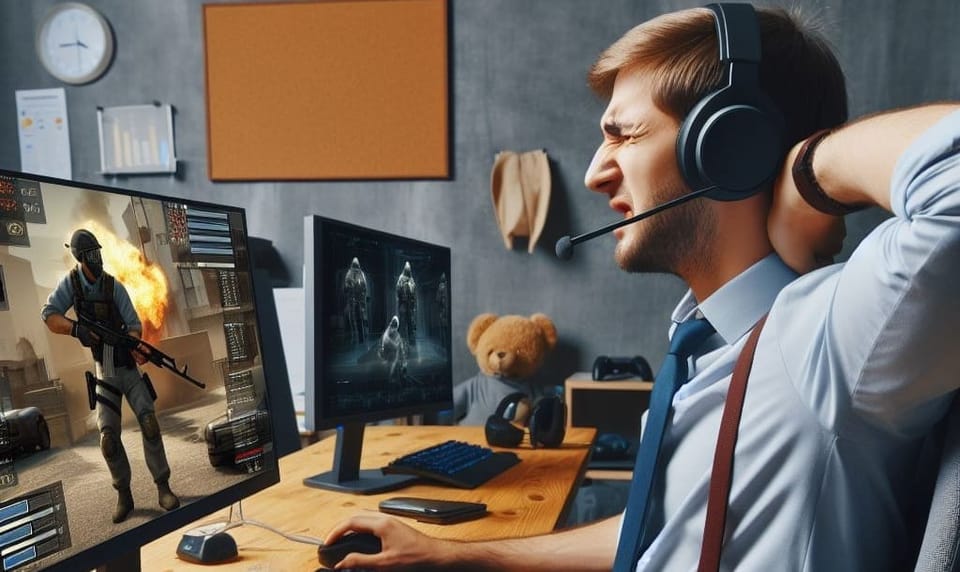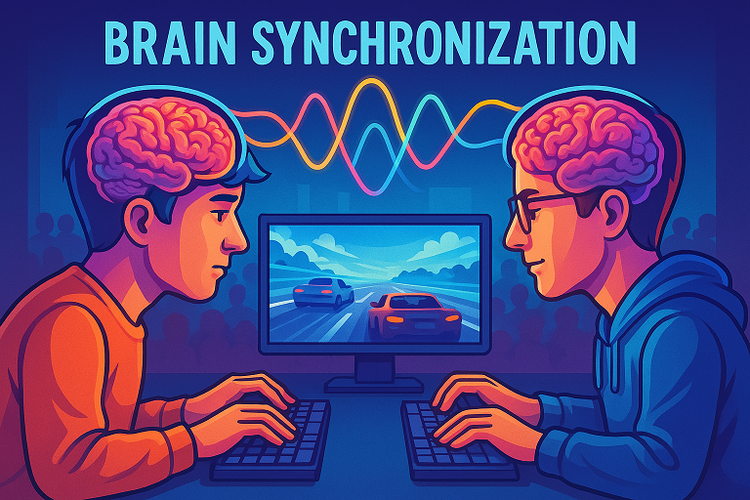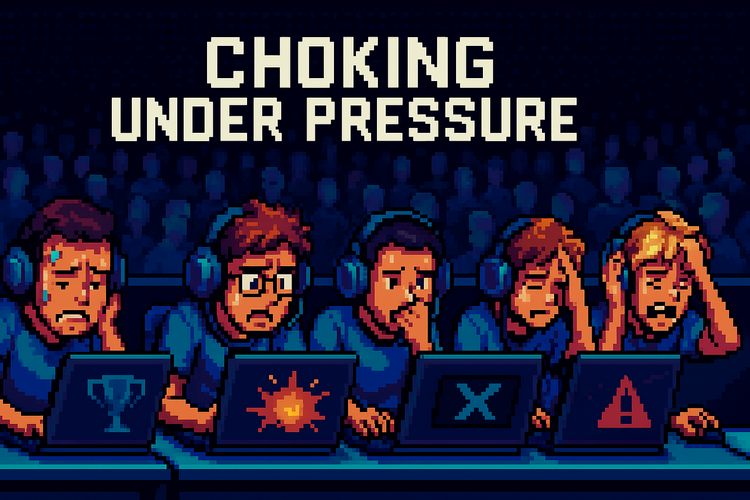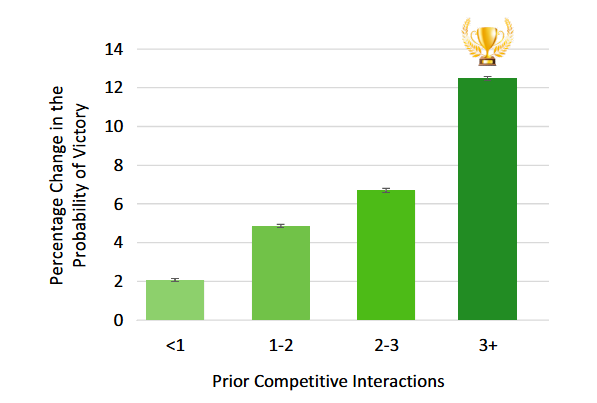Feel Pain while Gaming? Here's why!

Hey there, everyone. It's Sunday - time for another episode of 'Gaming Science'.
Studies have shown that up to 80% of gamers have experienced gaming-related pain. With a number that high, it's more than worthwhile to take a closer look at the factors contributing to gamers' pain and the body parts most affected. Lastly, this knowledge can help all gamers lower their pain levels or prevent pain in the first place.
• Studies have found 20% to 80% of gamers having experienced gaming-related pain.
• In the study, >500 gamers (casual up to professional level) were surveyed.
• Male gamers spent more time playing.
• Higher levels of competitiveness go hand in hand with an increased chance of wrist pain.
• Playing more hours, taking less breaks, and having longer gaming sessions increases the chance of experiencing pain e.g., wrist and shoulder.
• The same gaming habits were found to cause a higher pain intensity.
• Neck, lower back, and upper limb pain were most reported.
• Gaming-related pain is a predominant male problem.
• Reducing game time, taking more breaks, stretching, as well as seeing a health specialist can help prevent pain or reduce pain intensity.
Today's episode is all about gaming-related pain. In recent years, there have been several studies investigating pain and injuries in gaming and esports. According to a variety of them, the likelihood that you - as a gamer - have experienced some gaming-related pain is quite high.
Depending on the study, the percentage of gamers who have experienced gaming-related pain or injuries at least once ranges from 20% to 80% [1, 2, 3, 4].
Due to these high numbers, it's worth examining which gaming habits and other factors contribute to gaming-related pain, as well as which body parts gamers experience pain in the most. Understanding these causes and affected areas can help us prevent pain and injuries from occurring.
💽 Method
In the study [4], 522 players were surveyed. The participants' competitive levels ranged from casual to professional, with an average age of 23.8 years and approximately 18% female participants.
🤕 Results
Let's start with two interesting results from the study, unrelated to pain and injuries. Firstly, male gamers on average spent more time gaming than their female counterparts: 23.6 hours and 17.9 hours per week, respectively. Secondly, casual gamers played more than their more competitive counterparts. This suggests that the more competitive players spent less time gaming. This trend may be influenced by age differences, as the oldest player in the sample was 50 years old, while professional players, according to scientific literature, are typically in their mid-20s.
The first pain-related finding indicates that a higher level of competitiveness was associated with an increased occurrence of wrist pain. This correlation makes sense, considering that players who engage in prolonged gaming sessions, especially during intense training, may not give their wrists a well deserved break.
Likewise, a higher number of gaming hours correlated with a greater percentage of gamers experiencing wrist and shoulder pain.
This correlation likely aligns with the competitive level. Individuals who spend more time playing, whether due to esports being their profession or hobby, are at a higher risk. Additionally, the study found that it's not just about the total amount of time spent gaming, but also the duration of individual gaming sessions. Put simply, the longer the gaming sessions, or the fewer breaks taken, the more likely you are to experience pain in various areas of the body.
Furthermore, the study also asked about participants' pain intensity. Factors that were found to be positively correlated with higher levels of pain included: being younger, total years of gaming, weekly hours of gaming, longer gaming sessions, lower competitive level, and longer gaming sessions.
There appears to be general trend towards more gaming causing a higher pain intensity.
But where do pain mostly occur? According to the gamers surveyed, of those who experienced gaming-related pain (around 80% of them did), 42.9% reported neck pain. An almost equal percentage (41.4%) reported lower back pain, followed by 37.9% stating they had experienced right upper limb pain. Wrist and hand pain were prevalent in 23.7% and 21.4% of the players asked, respectively.
🤔 Implications
"The results of this study confirm that gaming-related pain is a problem in the gaming and esports populations [4]."
... and indeed it is. With reports of gaming-related pain ranging from 20% to 80% among gamers, it could quickly escalate into a widespread health issue considering the vast number of people playing video games worldwide. Additionally, it's important to consider the male-female ratio among gamers and the amount of time each gender spends gaming.
Men play more, and they play longer. This makes it a predominant problem for males.
As a consequence, male gamers should especially be aware of this issue. What do I mean by that? Well, first of all, reducing the amount of gaming is the best you can do for your health - according to the findings regarding pain. Another important aspect is taking breaks. Even getting up, grabbing some water, walking around the house for a few minutes could help. Don't push the "Play" button right away - as tempting as it may seem. Thirdly, stretching may contribute in a positive way too. Last but not least, if you're experiencing any discomfort or pain, please see a health specialist.
An important last note at the end, the study used correlations. Though, correlations give us a good idea of what's going on, it's not the same as causation. Until other studies confirm look at causation, we don't fully know. And with this...
... thanks again for reading, and I hope you all have a great week. Cheers,
Christian 😃
Join over 250+ (🤯) Gaming Science subscribers and become smarter every week.
"I love this type of content, thank you Chris."
References
[1] Lam et al., 2022
[2] Lindberg et al., 2020
[3] Geer et al., 2023
[4] Forman et al., 2023






